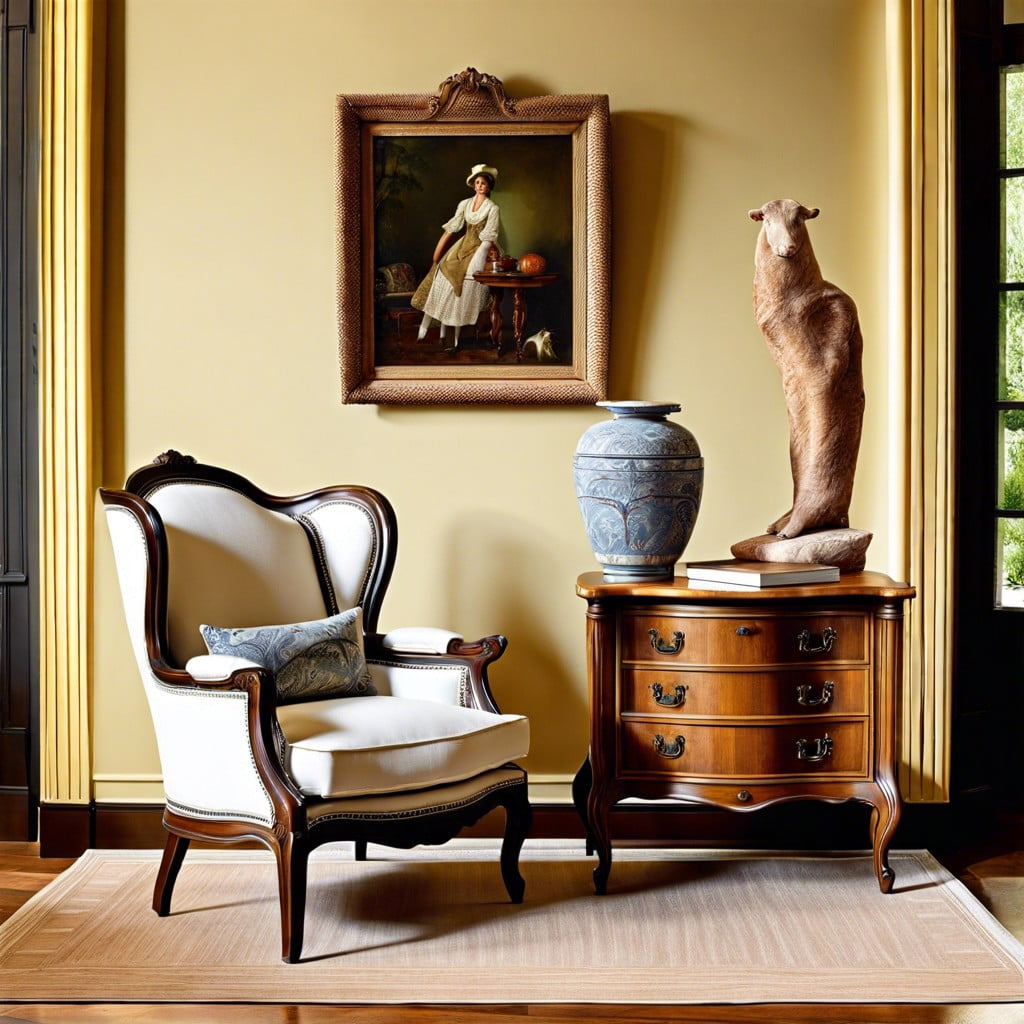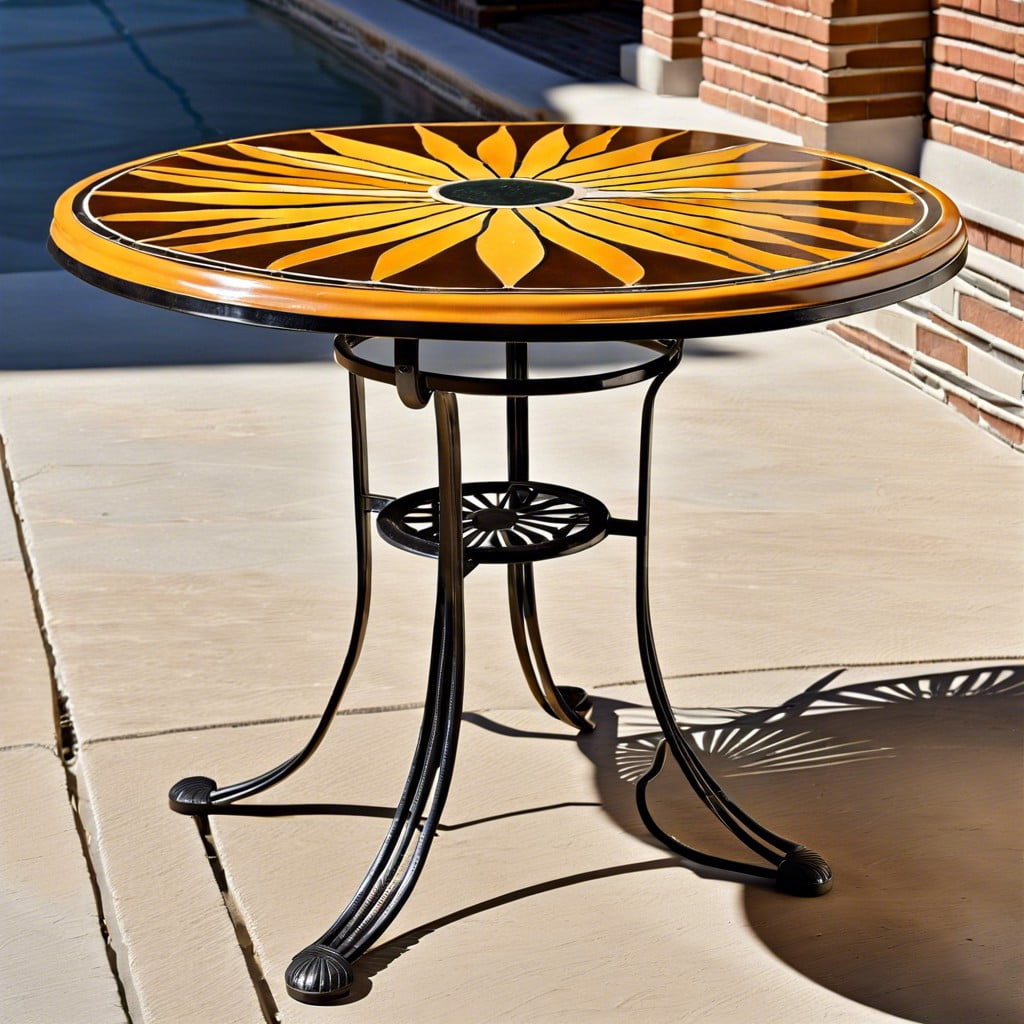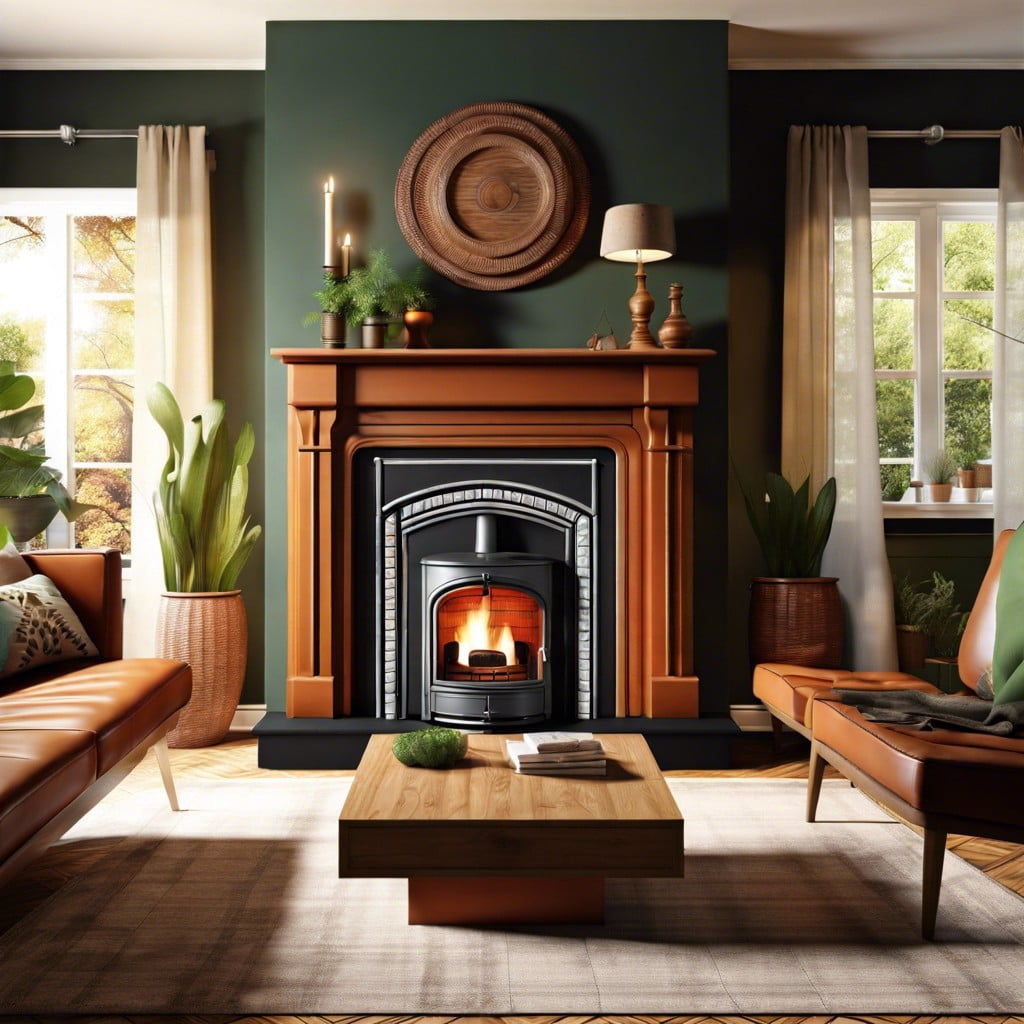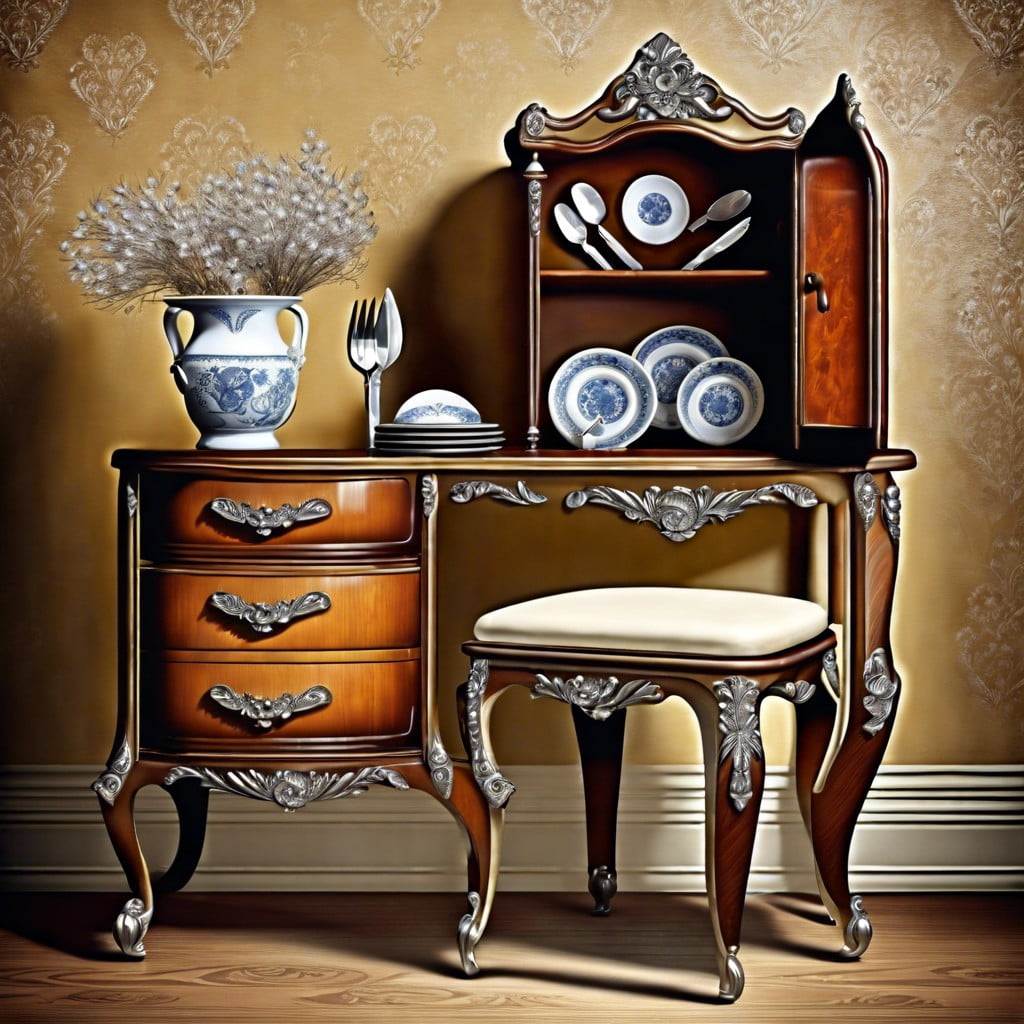Last updated on
Explore this comprehensive guide to Bauhaus furniture ideas because these timeless designs beautifully combine form and function, radically transforming interior spaces.
We have designed unique ideas to inspire you. You won’t find these anywhere else!
Exploring the Influence of Bauhaus On Modern Minimalist Aesthetics

Bauhaus introduced the concept of clean lines and simple forms that became pillars of modern minimalist design.
Its emphasis on combining art with industrial function paved the way for sleek, efficient furniture that maximizes small spaces.
Today, the Bauhaus influence persists in contemporary decor, embracing minimal ornamentation and focusing on the harmony between form and utility.
Transition From Traditional to Modern: The Role of Bauhaus Furniture

Bauhaus furniture introduced clean lines and simplicity, steering away from ornate details prevalent in traditional decor.
The fusion of form and function became a hallmark, epitomizing a shift towards practical, yet aesthetically pleasing design.
This movement set the stage for modern furniture trends focusing on minimalism and efficiency.
The Impact of Bauhaus Principles On Scandinavian Style Furniture

Scandinavian furniture mirrors the Bauhaus emphasis on simplicity, functionality, and democratic design.
The clean lines and streamlined forms found in Nordic interiors can be traced back to the Bauhaus’s revolutionary take on modern furniture.
Bauhaus teachings on the unity of art, craft, and technology significantly influenced the material and production methods of Scandinavian design.
Sustainable Approaches in Bauhaus Furniture Creation

Sustainable Bauhaus furniture prioritizes the use of renewable materials and environmentally conscious production methods.
Designers often employ simple, durable constructions that extend the lifecycle of each piece, reducing waste.
Embracing modularity and repairability, such furniture supports a circular economy, aligning with contemporary green living values.
The Importance of Geometry in Bauhaus Furniture Design
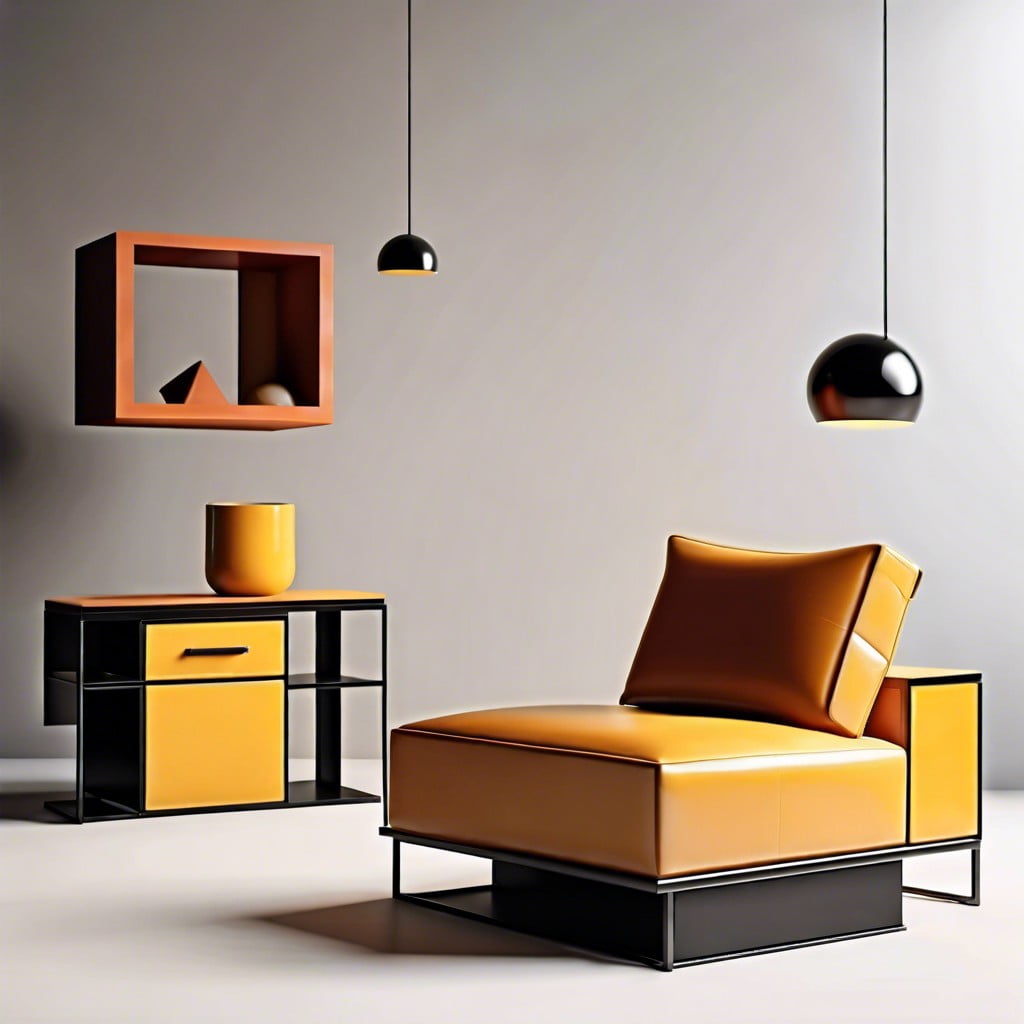
Bauhaus furniture is characterized by clean lines and simple shapes, reflecting a focus on utilitarian simplicity.
Designers like Marcel Breuer and Mies van der Rohe emphasized the use of rectangles, circles, and triangles to create pieces that were both functional and harmonious.
The geometric forms serve to establish furniture that is timeless and adaptable to various interior spaces.
Integration of Technology in Preserving and Recreating Bauhaus Designed Furniture

Advanced 3D printing technologies enable the precise reproduction of original Bauhaus furniture pieces, preserving their iconic designs for future generations.
Augmented reality applications assist consumers in visualizing Bauhaus furnishings within their own spaces, facilitating informed decisions.
Digital archiving captures the intricate details of Bauhaus designs, providing a resource for educators, students, and enthusiasts worldwide.
Creating a Balance Between Functionality and Aesthetics: A Study On Bauhaus Furniture
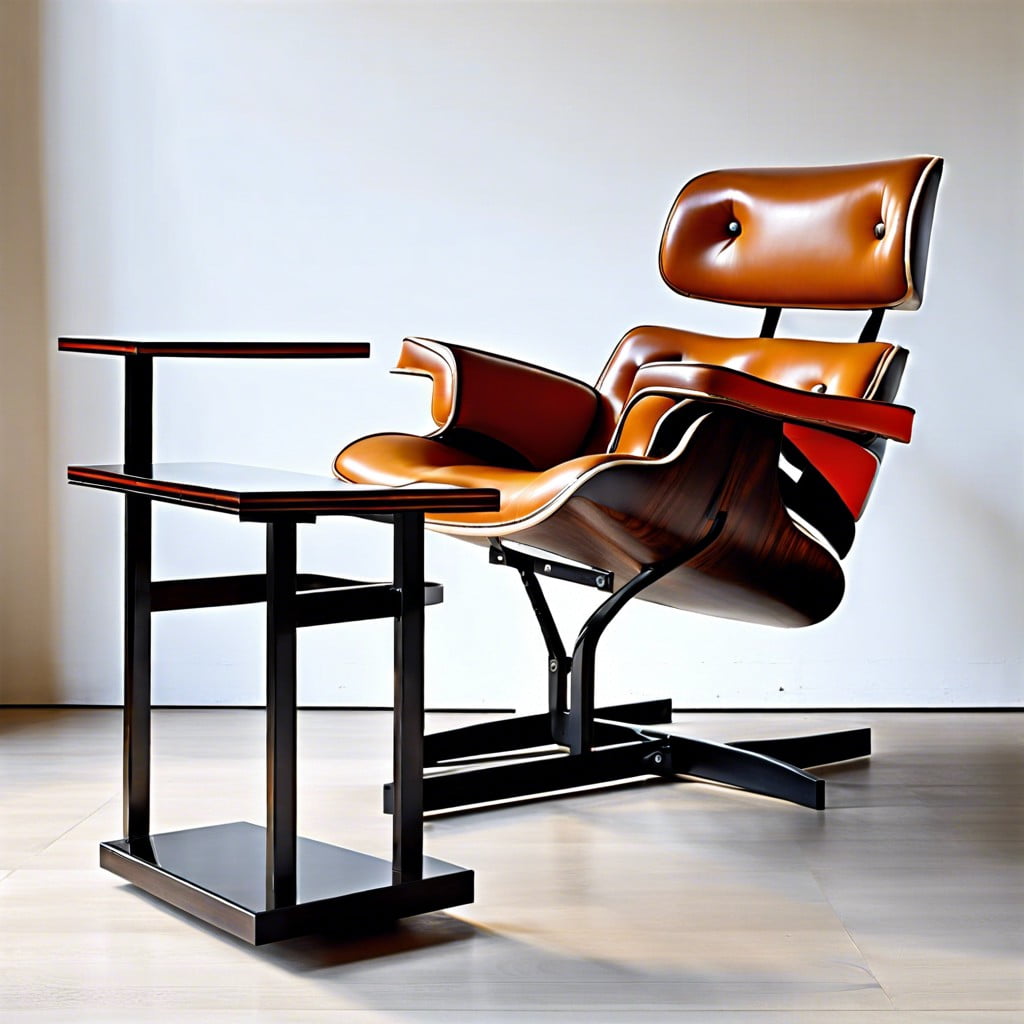
Bauhaus furniture exemplifies the fusion of utility with visual appeal, reflecting an elegance born from simplicity.
These designs harness clean lines and practicality, ensuring that each piece serves its intended purpose without unnecessary embellishment.
The incorporation of such furnishings into a space can elevate both the room’s functionality and its overall aesthetic harmony.
The Color Theory Behind Bauhaus Furniture Design
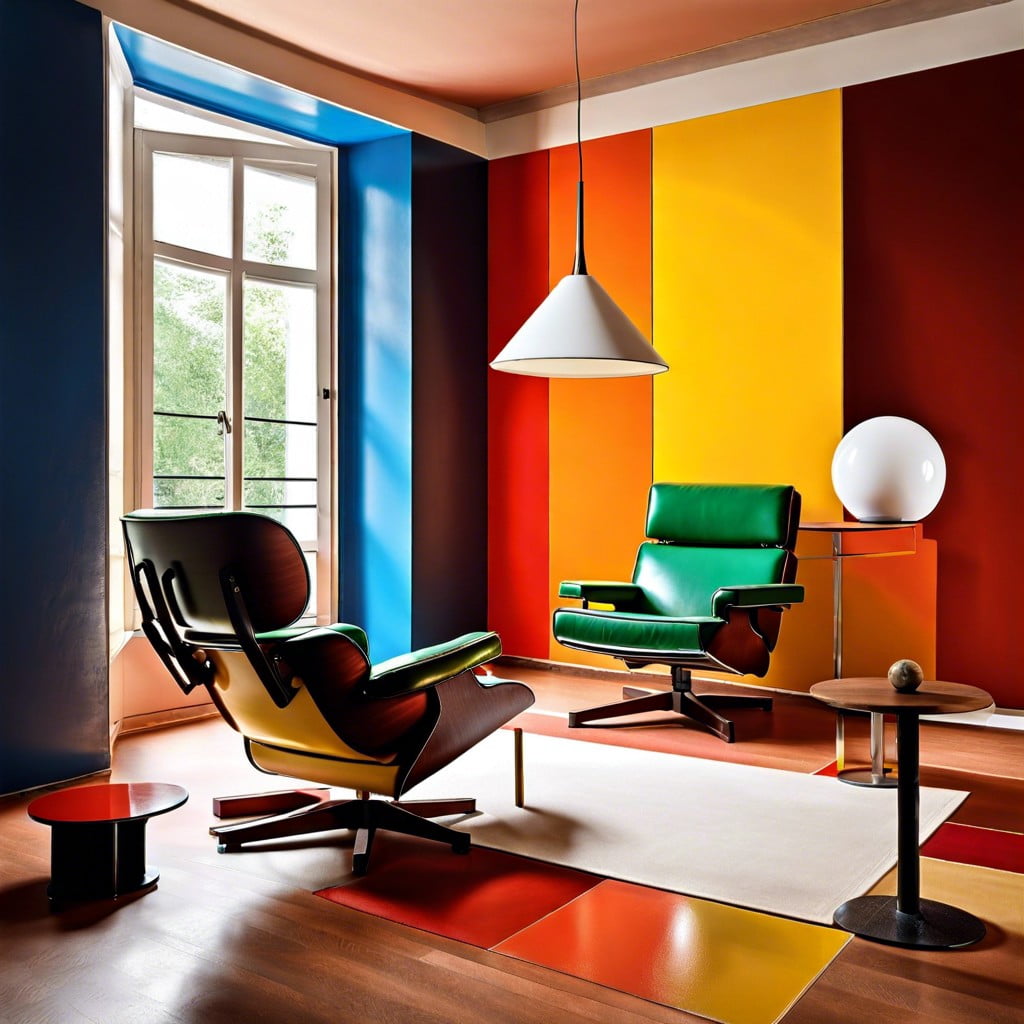
Bauhaus furniture often features a limited color palette, utilizing primary colors to create a bold, visual impact. This reflects the school’s emphasis on simplicity, where colors serve functional and symbolic purposes rather than just decoration.
The careful selection of hues contributes to the harmony and balance within a space, following the Bauhaus ideal of combining form and function.
Repurposing and Upcycling Ideas for Bauhaus Style Furniture

Transform a vintage Bauhaus chair by reupholstering it with modern, durable fabrics to give it a fresh look while preserving its classic design.
Convert Bauhaus shelving units into chic room dividers by adding wheels and adaptable panels, enhancing their utility and mobility.
Repurpose Bauhaus light fixtures by incorporating LED technology, merging timeless design with energy efficiency.
The Changing Market for Bauhaus Furniture Amid the Digital Era
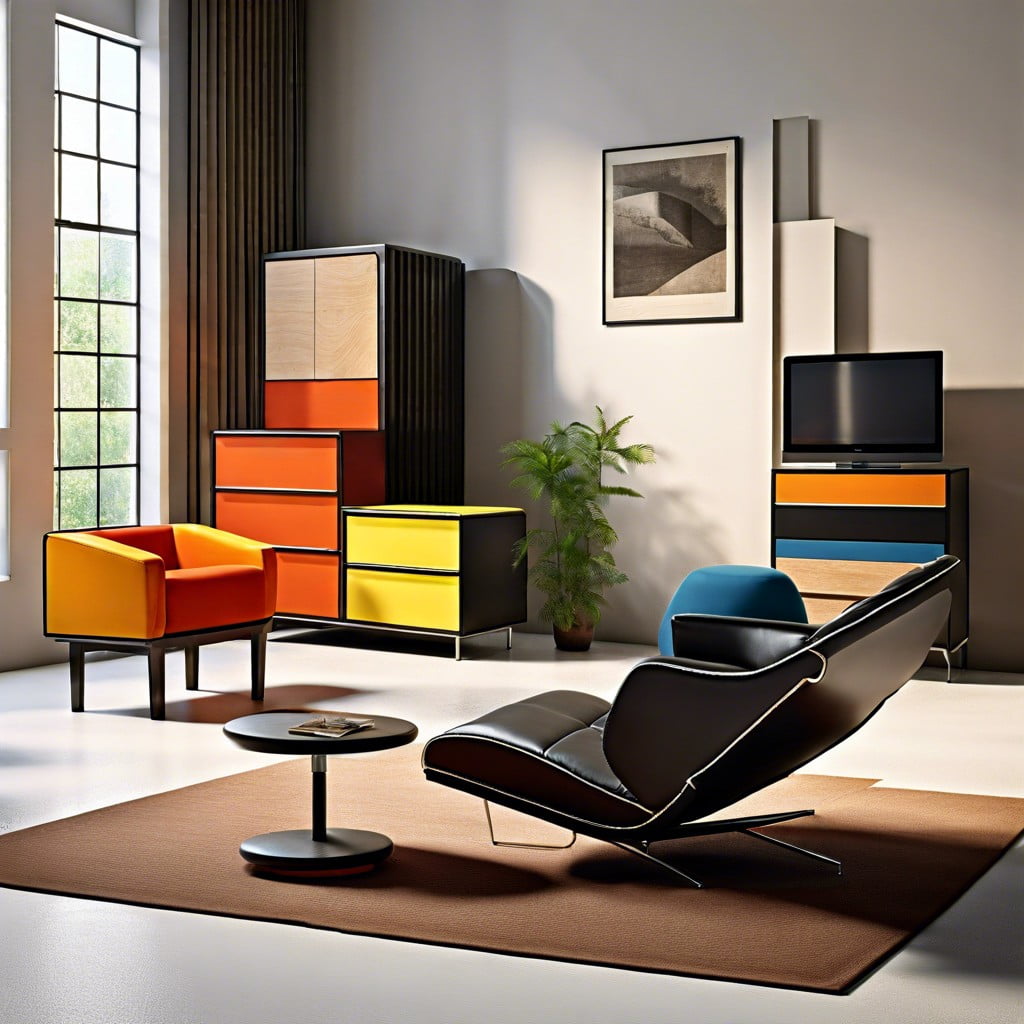
Online marketplaces have expanded the availability of Bauhaus furniture, making it accessible to a global audience.
Digital fabrication techniques such as 3D printing are revolutionizing how classic Bauhaus designs are reproduced and customized.
Social media platforms are spotlighting Bauhaus-inspired spaces, influencing contemporary interior design trends.
Ideas Elsewhere
- https://www.dezeen.com/2018/11/08/bauhaus-furniture-designs-chair-tables-chess-set-baby-cradle/
- https://www.coasterfurniture.com/bauhaus-interior-design
- https://www.allmodern.com/sca/inspiration/inspiration/bauhaus-design-T11221
- https://www.architecturaldigest.com/story/affordable-bauhaus-furniture-and-decor-ideas
- https://www.smow.com/highlights/bauhaus-design/
- https://www.connectionsbyfinsa.com/the-ten-best-examples-of-bauhaus-furniture-design/
Related:
